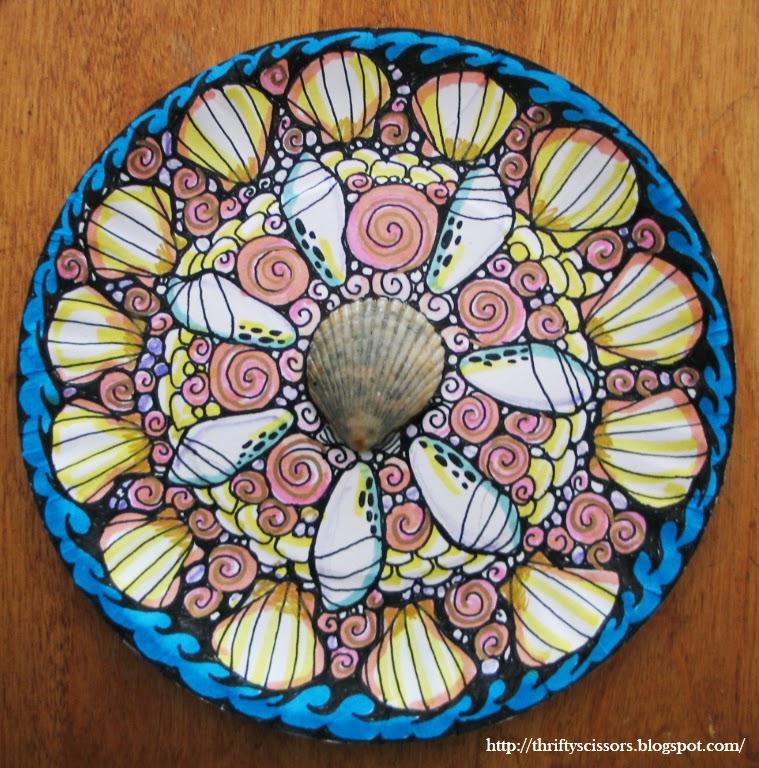 |
| Seven new titles have rotated into our class library for our last summer inquiry on tide pools. Check them out! |
Ocean Soup by Stephan R. Swinburne. Student learn about different tide pool creatures through rap and rhyme.
Is This a House for Hermit Crab? by Megan Mcdonald. Readers follow a little hermit crab along the sandy shores as he searches for a new home.
A Swim through the Sea by Kristan Joy Pratt. An
alphabet book about creatures from A-to-Z of both tide pools and the
ocean deeps. There's specific facts per each animal given as well for
older students to expand their knowledge further.
In One Tidepool by Anthony D. Fredricks.
Follow a young curly-haired girl to the beach as she explores the
creatures that make their home in tide pools through a clever rhyming
narrative.
Barnacle is Bored by Jonathan Fenske.
Underneath the pier lives a barnacle who's grown bored with the
predictable rise and fall of the tide life he lives. One day a bright,
colorful fish swims by and barnacle learns a lesson that 'excitement'
isn't sometimes all we imagine it to be.
Shell by Alex Arthur. From DK Eyewitness, all the information a young scientist could need about shells with corresponding photographs.
Flotsam by David Wiesner. A
wordless book that tell the story of a young boy who is treasuring
hunting along the beach--and treasure he does indeed find--through vivid
illustrations.



























